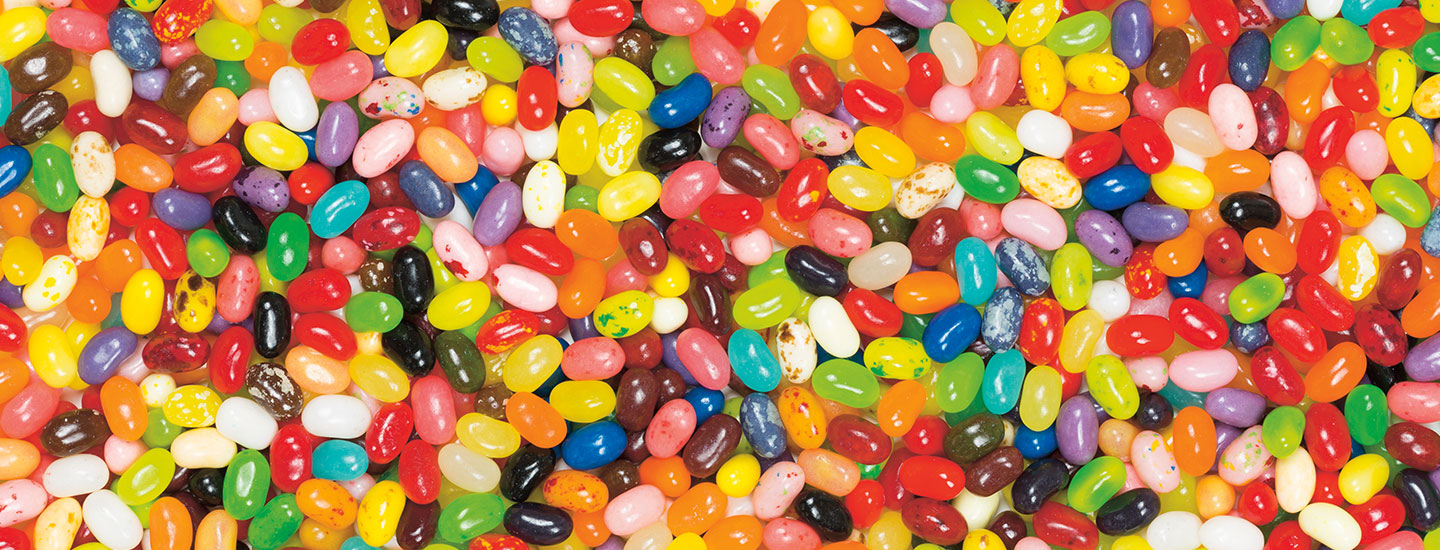From a distance, the image above of Batman swooping into view looks like it’s made from a rainbow of tiny beads or stones. But when you look closely, it’s something much sweeter: Each spot of color is actually a jelly bean! Artist Kristen Cumings uses thousands of jelly beans to make mosaics of pop-culture icons, famous works of art, and more.
Look closely at the image above of Batman swooping into view. From a distance, it looks like it’s made from tiny colored beads or stones. But it’s really something much sweeter: Each spot of color is a jelly bean! The image was made by artist Kristen Cumings, who uses thousands of jelly beans to make her artwork. She depicts pop-culture icons, famous works of art, and more.

